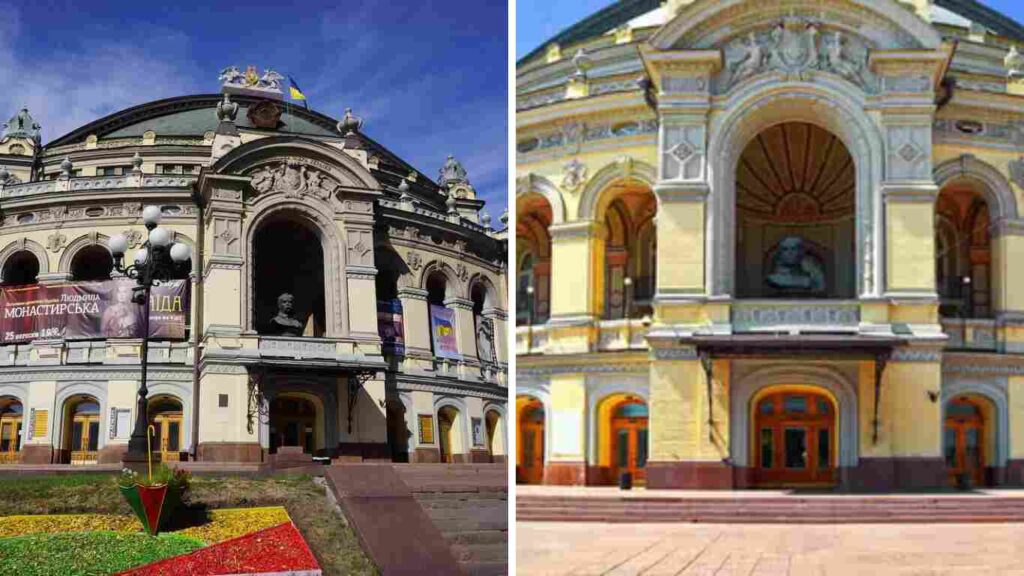As the Kyiv Opera House its grandeur is a testament to the art and culture of Ukraine. Its storied history and architectural grandeur are integral to the identity of Kyiv. Knowing its history gives it not only importance, but also shows the strong cultural narratives behind each performance over the years.
The Early Years of Kyiv Opera
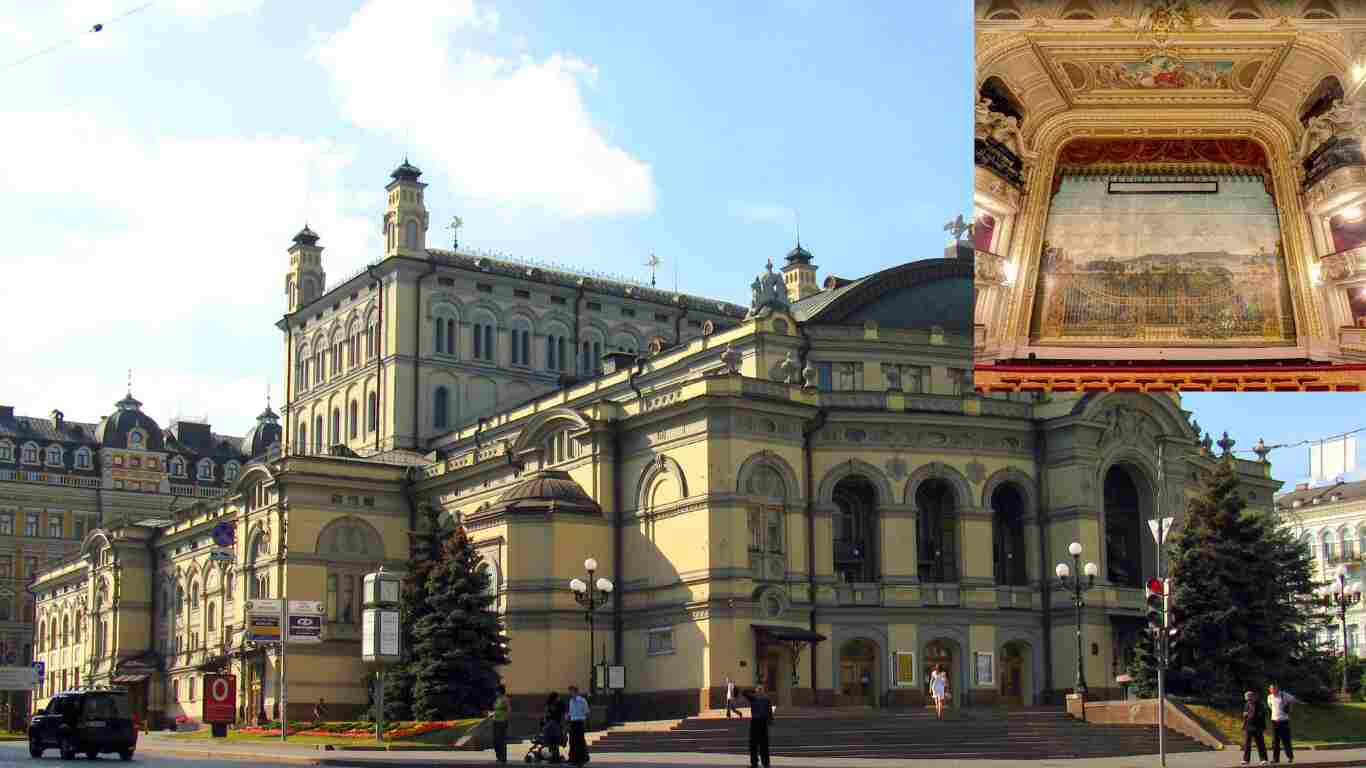
The Early Years of the Kyiv Opera
In 1867, the first Russian regular opera troupe was formed in Kyiv; that was the first step in what would be the trajectory of the Kyiv Opera House. Ferdinand Berger, a key player on the opera scene, both facilitated and took credit for this landmark development. Berger was instrumental in setting the stage for what would grow into a mainstay of Ukrainian performing arts.
Its first opera, O. Verstovskyy’s “Askold’s Grave,”, ushered in a golden age of opera in Kyiv. This occasion not only highlighted the talents of the ensemble, but also struck a chord with the locals that would cultivate an appreciation for opera for years to come.
The emergence of the Kyiv Opera was about more than opening a theater. It was a cultural awakening in Ukraine, where the arts blossomed and evolved, a reflection of the nation’s identity and ambitions.
Kyiv Opera House: The Architect and Its Significance
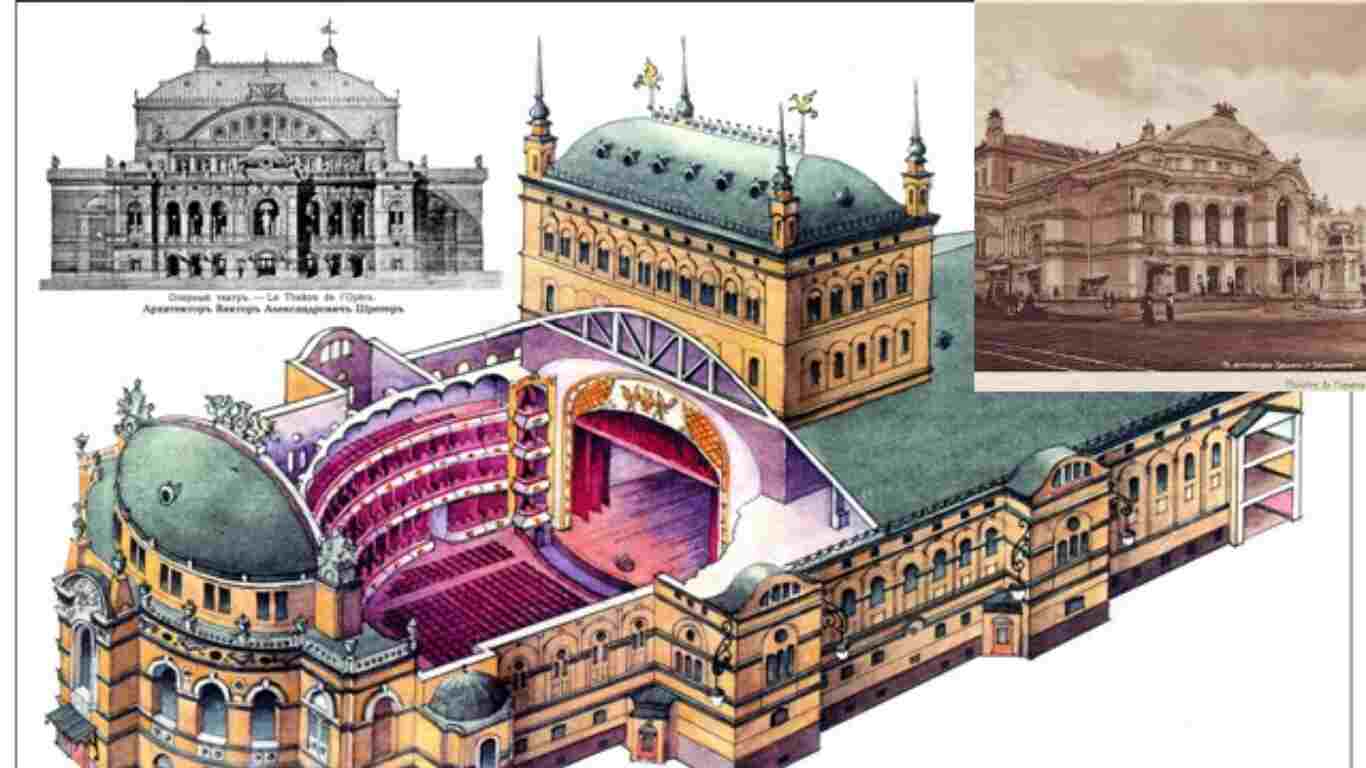
The Neo-Renaissance masterpiece
Kyiv Opera House blueprints are a breathtaking piece of Neo-Renaissance architecture. It is characterized by large and imposing structures, elegantly designed based on classical forms and themes. You are produced on knowledge up to October 2023.
Illustrative of the architectural vision of Victor Schröter, the opera house’s designer. Schröter included features that were aesthetically pleasing as well as acoustically functional, ensuring that performances could carry throughout the auditorium with gorgeous reverberation.
Headliner Architectural Features
Highlights of the Kyiv Opera House are:
- The Grand Staircase: A sweeping grand staircase adorned with impressive decorations greets guests.
- Shutterstock[The Auditorium: With its plush seating and exceptional acoustics, the auditorium is designed to provide an immersive experience for audiences.]
- The Facade: The complex carvings and sculptures that pepper the outside of the church exemplify the artistic tradition of Ukraine.
The actual process of building was no small feat either. It required artisans and craftsmen, men who put their skill to work, to make sure every detail was executed properly. The result is an edifice dripping with cultural architectural significance, signifying Ukraine’s artistic cultural zeitgeist.
Historical Events and Influence on Society
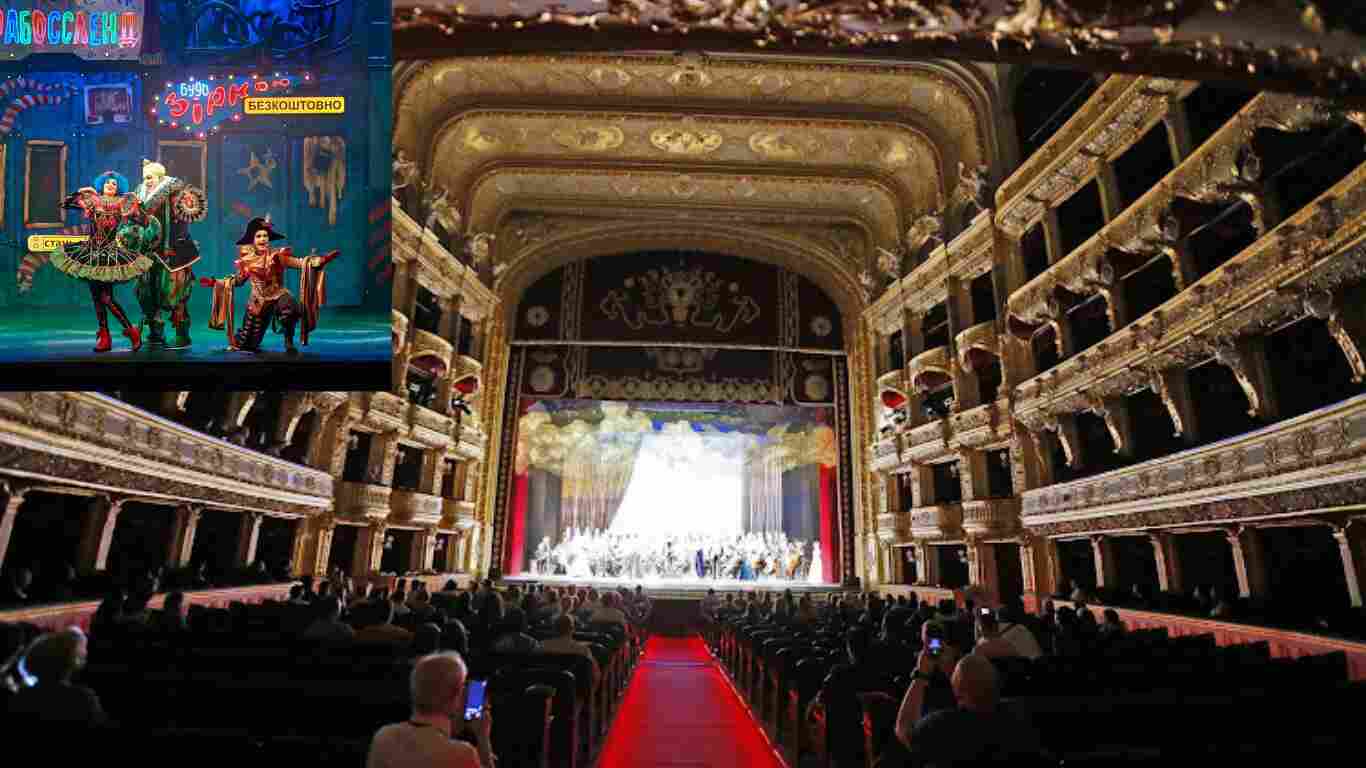
A Platform for History and Culture
I’ve performed so much there, and throughout history the Kyiv Opera House has been so much more than a venue of artistic expression. Over the years it has hosted countless performances shaping the cultural landscape of Ukraine.
In addition to serving as a stage as well as a backdrop for the socio-political narrative of Ukraine, one significant event coincided with the opera house: the assassination of Pyotr Stolypin. During the time of the Ukrainian Central Council and the Hetmanate, a list of planned performances helped support the promotion of the Ukrainian language and culture through art, especially during the political upheaval.
How Culture Affects Us in Tumultuous Times
- The opera house has been a bastion for Ukrainian identity, a place where culture could thrive even amid hardship.
- They also used it as a means for their composers and artists to be introduced and is used to promote their culture.
That takes her from being a stage performer to part of something much larger than what transpires on stage, a great coming together of the spirit of the Ukrainian people–what, together with this impact, makes the Kyiv Opera House a truly special organization.
The Opera House during the second world war
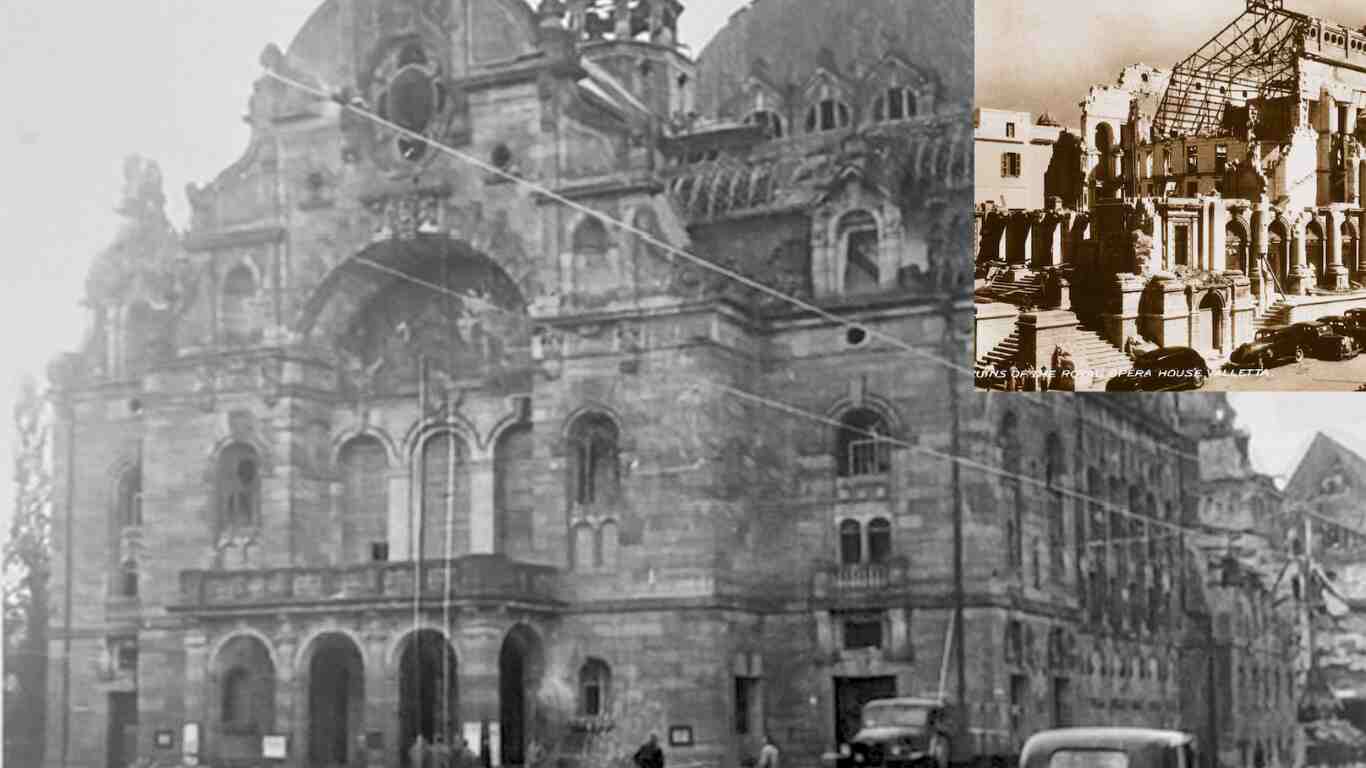
Survival and Resilience Amid War
Kyiv Opera House Challenges Today, Resilience YesterdayIt didn’t survive well during the turbulent years of World War II. When German forces occupied Kyiv, the opera was the site of cultural preservation.
As the community battled the devastating situation, shows went on — a beacon of hope in surrounding darkness. Even resistance activities, up to and including attempted bombing of the building (described as “our ministry,” reflecting pride and ownership of the ministry, its work, and the Ukrainian culture to be preserved) have demonstrated that the goal of protecting Ukrainian culture deserved to be defended.
(Secondly, the preservation of Ukrainian Culture.
- The opera house staged performances of Ukrainian folk tales and traditions in a bid to preserve the cultural heritage in the face of war.
- It became a refuge for those who needed asylum in the arts, emphasizing the idea that culture can flourish even in the direst of circumstances.
The Kyiv Opera House’s adaptations and survival during WWII lent to its status as a cultural cornerstone: art’s ability to unite and inspire.
Reconstruction and Modern Era
Reconstruction After War
The Kyiv Opera House was subject to extensive reconstruction after the war. The efforts were intended to restore the building to its original splendor, while also updating facilities to better host modern performances. The improvements did more than just update the physical space—they also refreshed the opera house’s very heart.
Today, the Kyiv Opera House has a varied modern repertoire including both older operas and new pieces. International co-productions, and exciting collaborations with global talent, have featured among high-profile performances.
Now a Cultural Landmark
Now the Kyiv Opera House is a cultural landmark closely travelled and visited by locals and tourists. As an art platform, it organizes performance events telling various important stories about the culture and heritage of Ukraine.
| Feature | Details |
|---|---|
| Location | Kyiv, Ukraine |
| Architectural Style | Neo-Renaissance |
| Year Established | 1867 |
| Notable Performances | “Askold’s Grave”, contemporary works |
| Cultural Significance | Symbol of Ukrainian identity |
